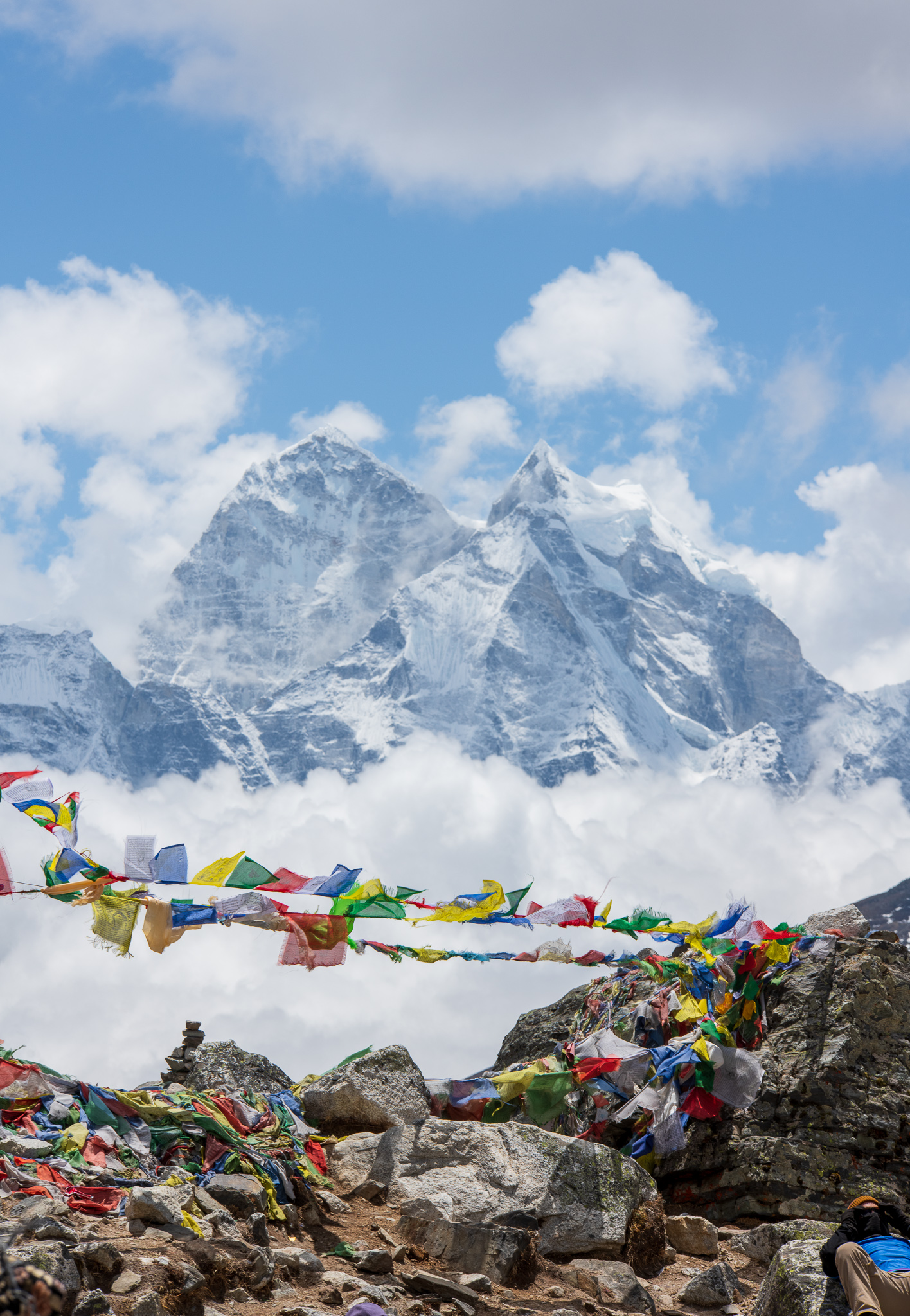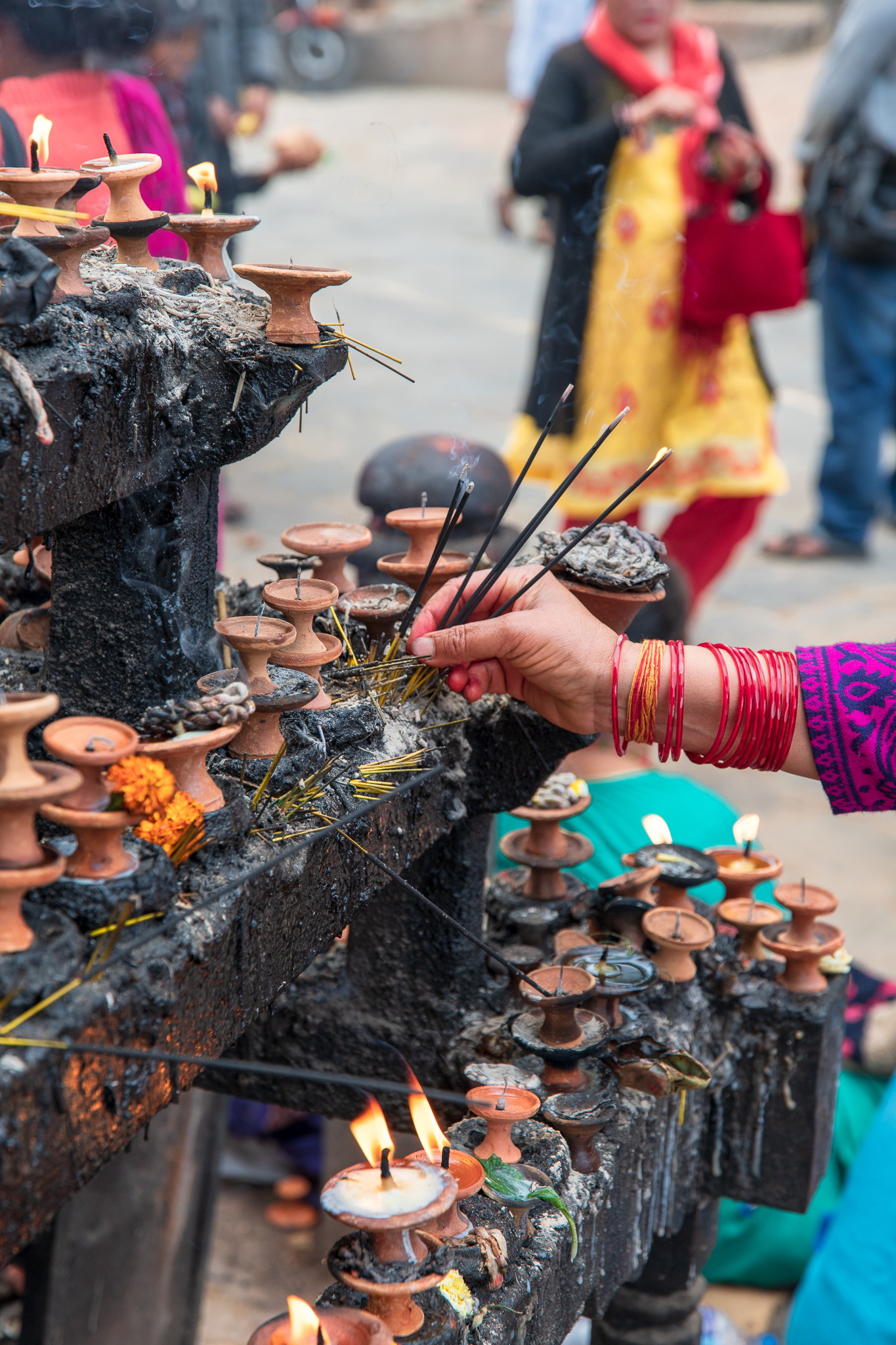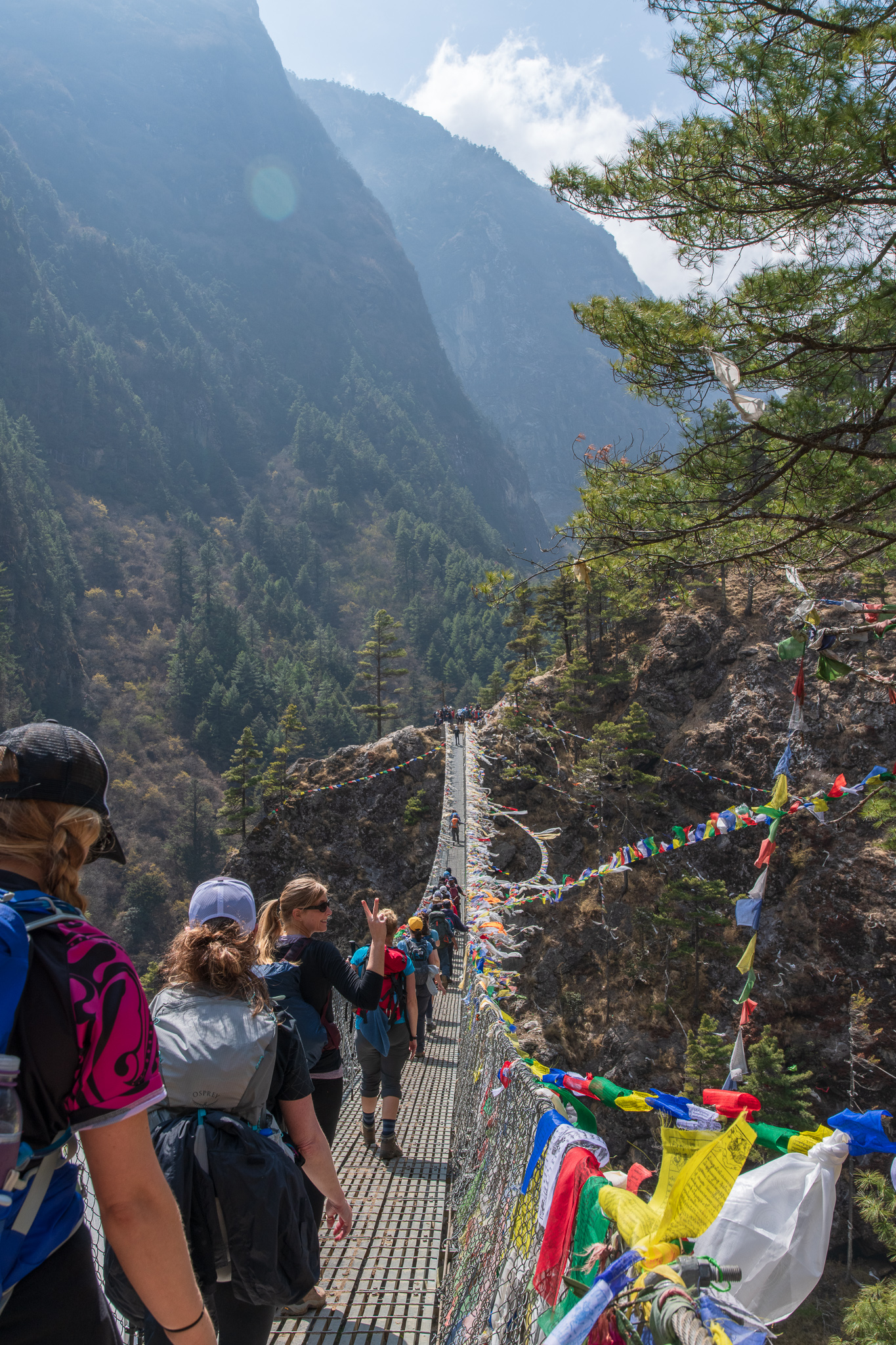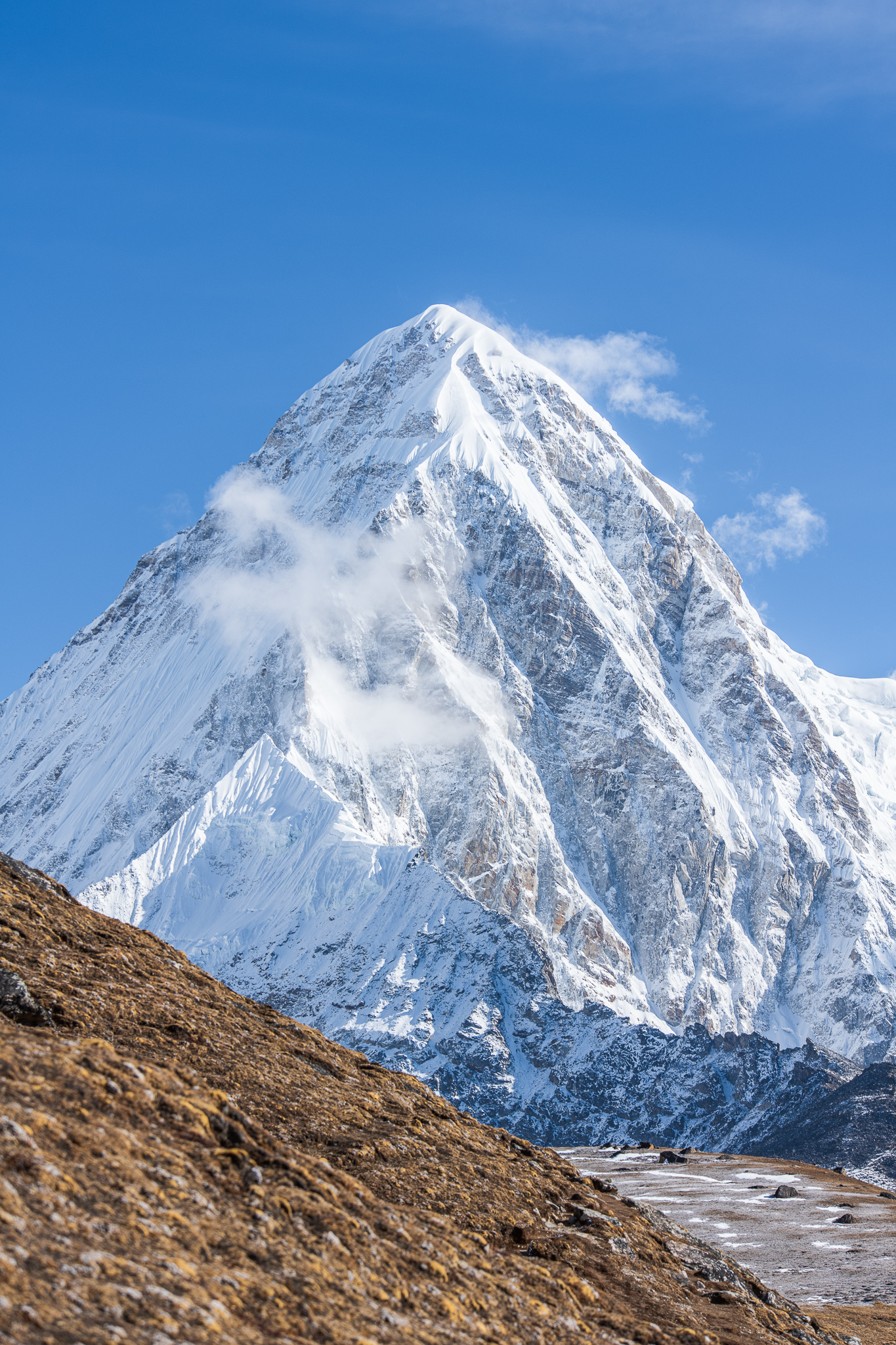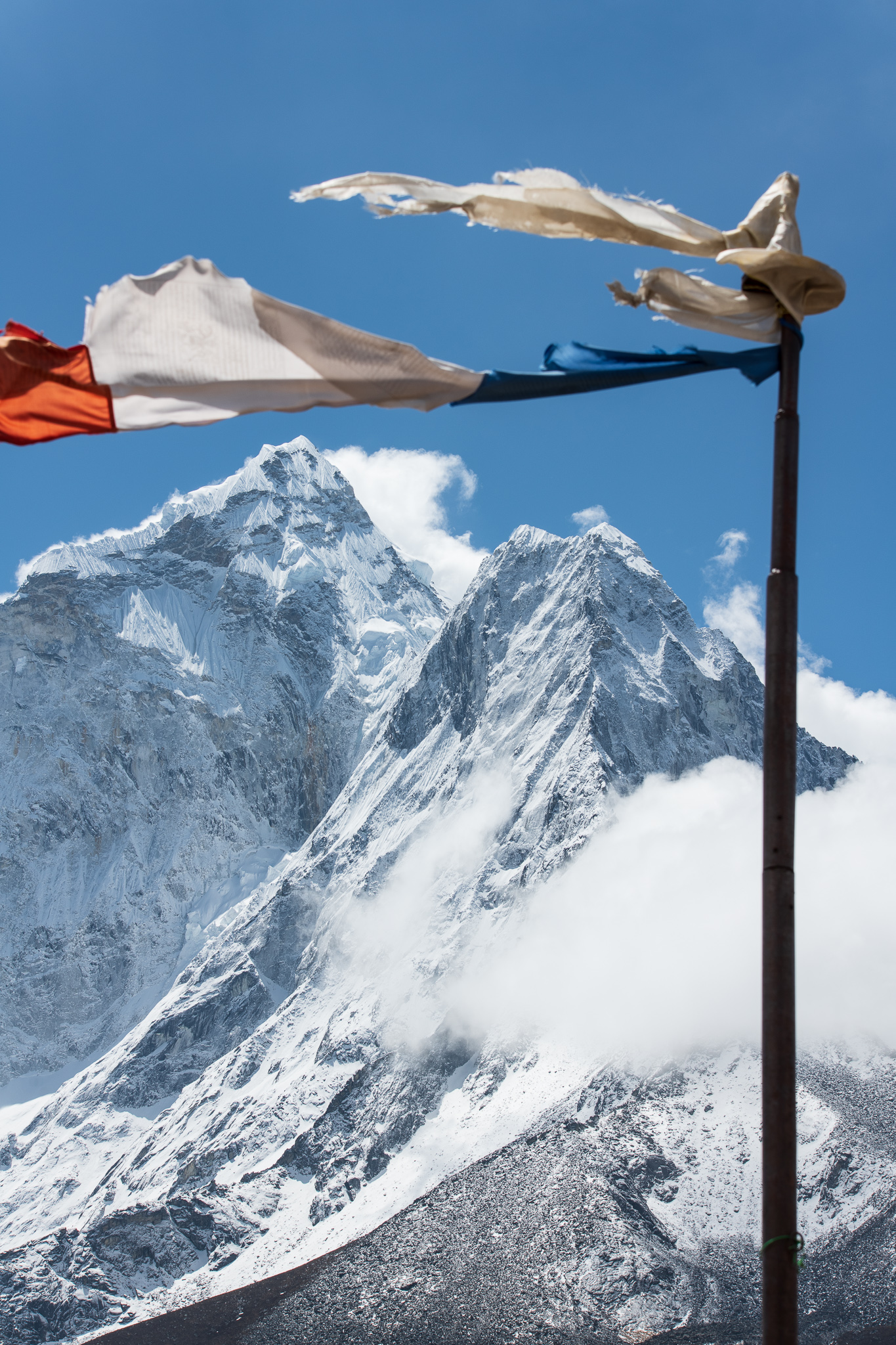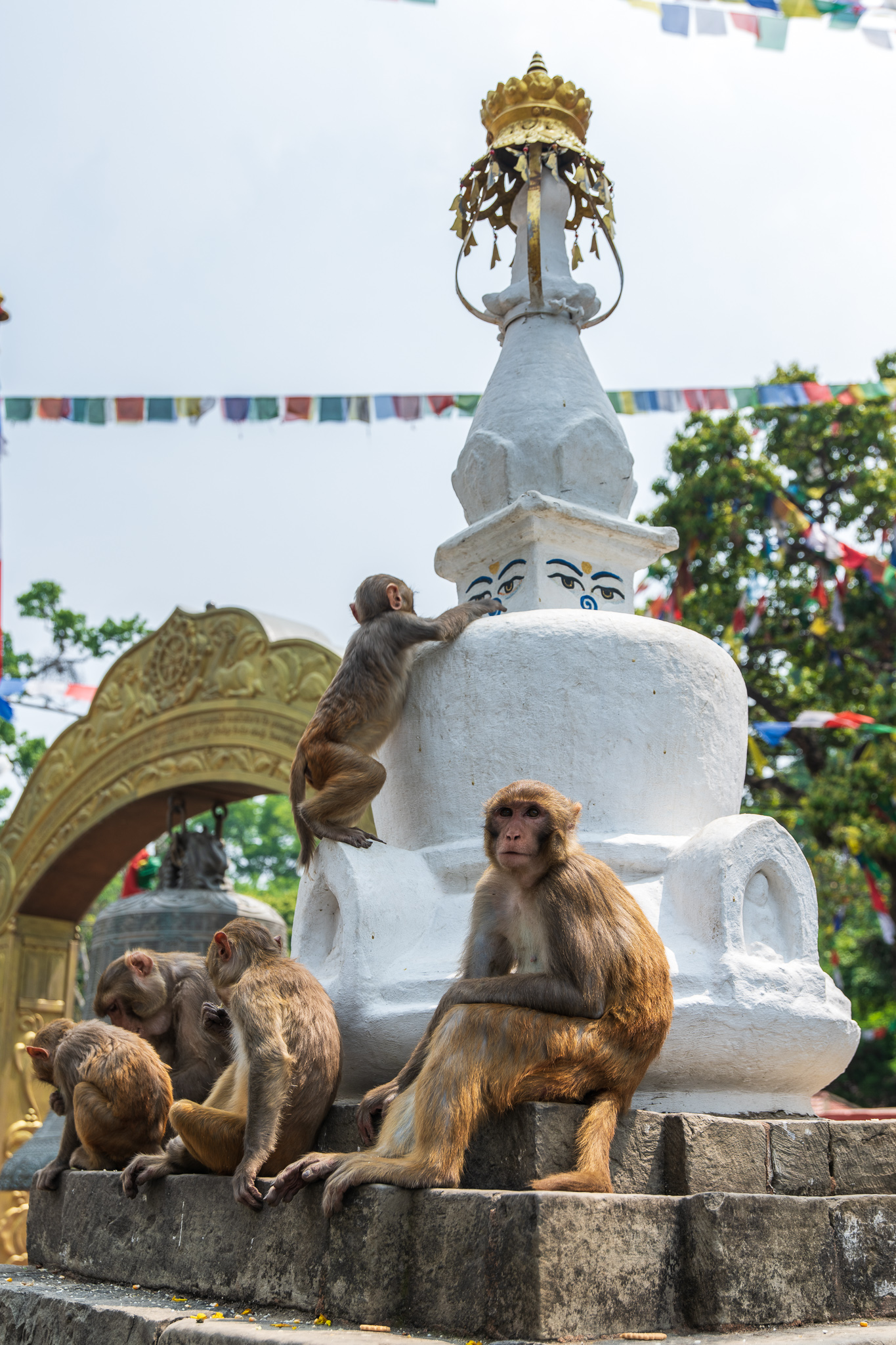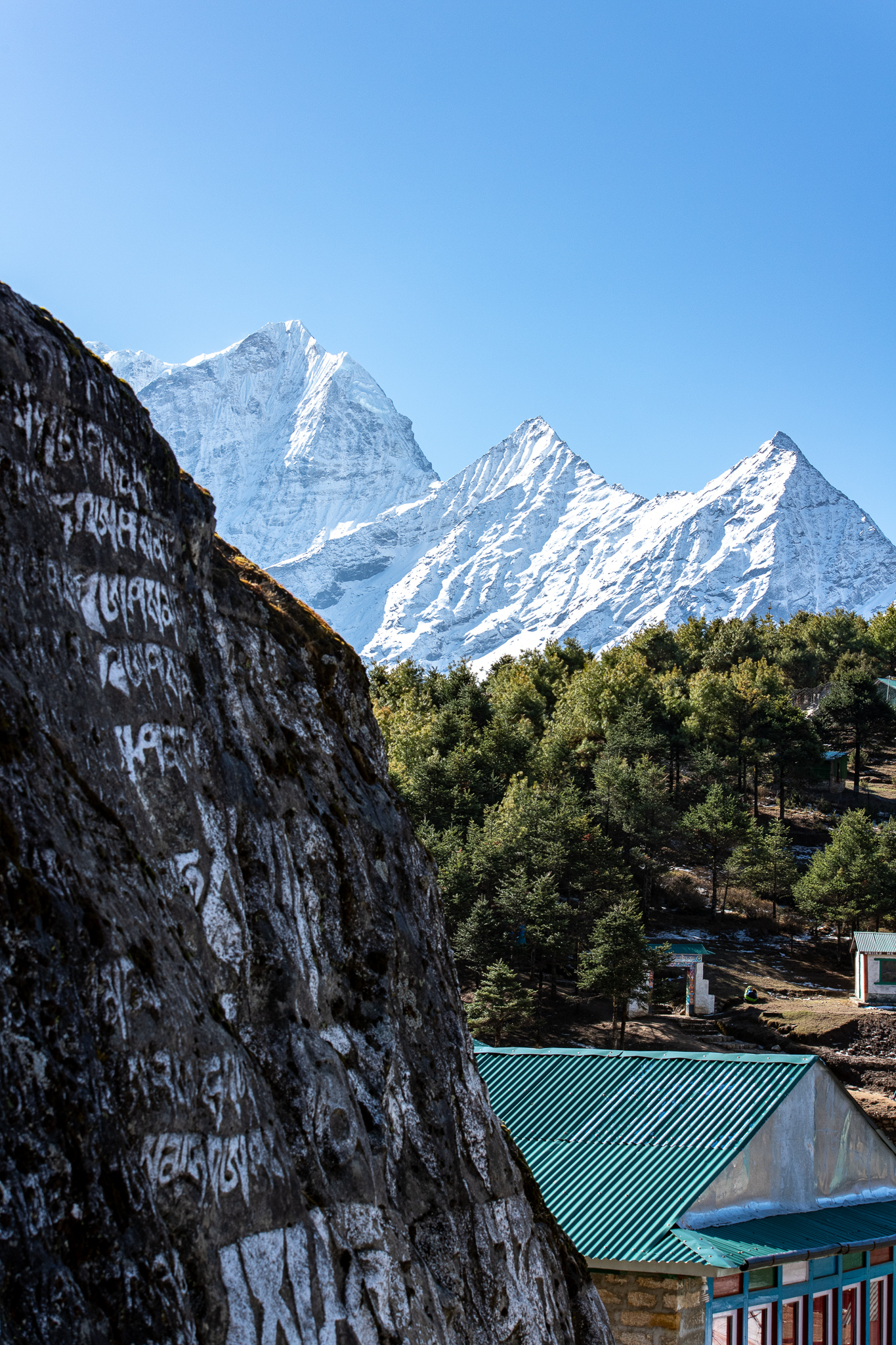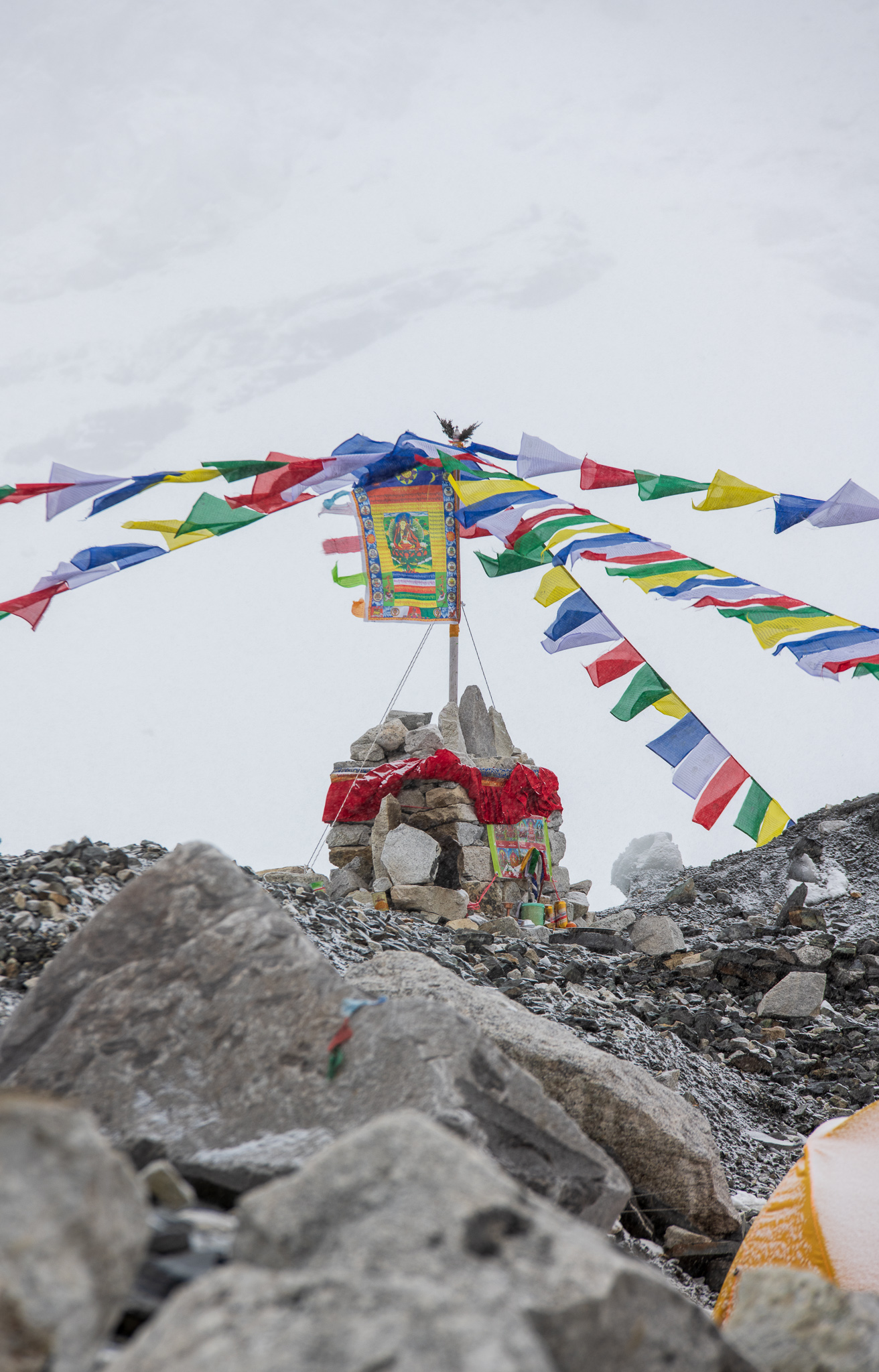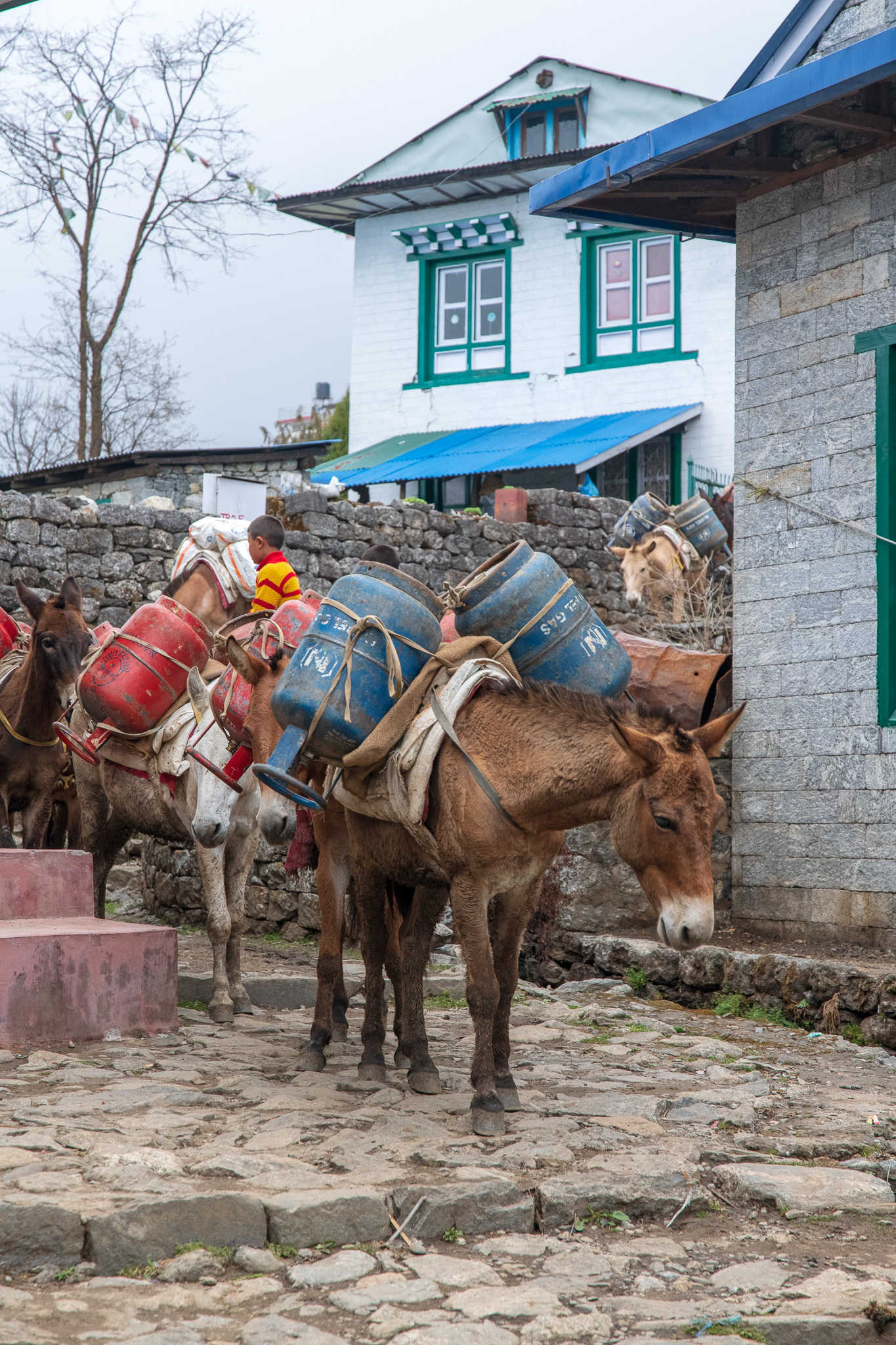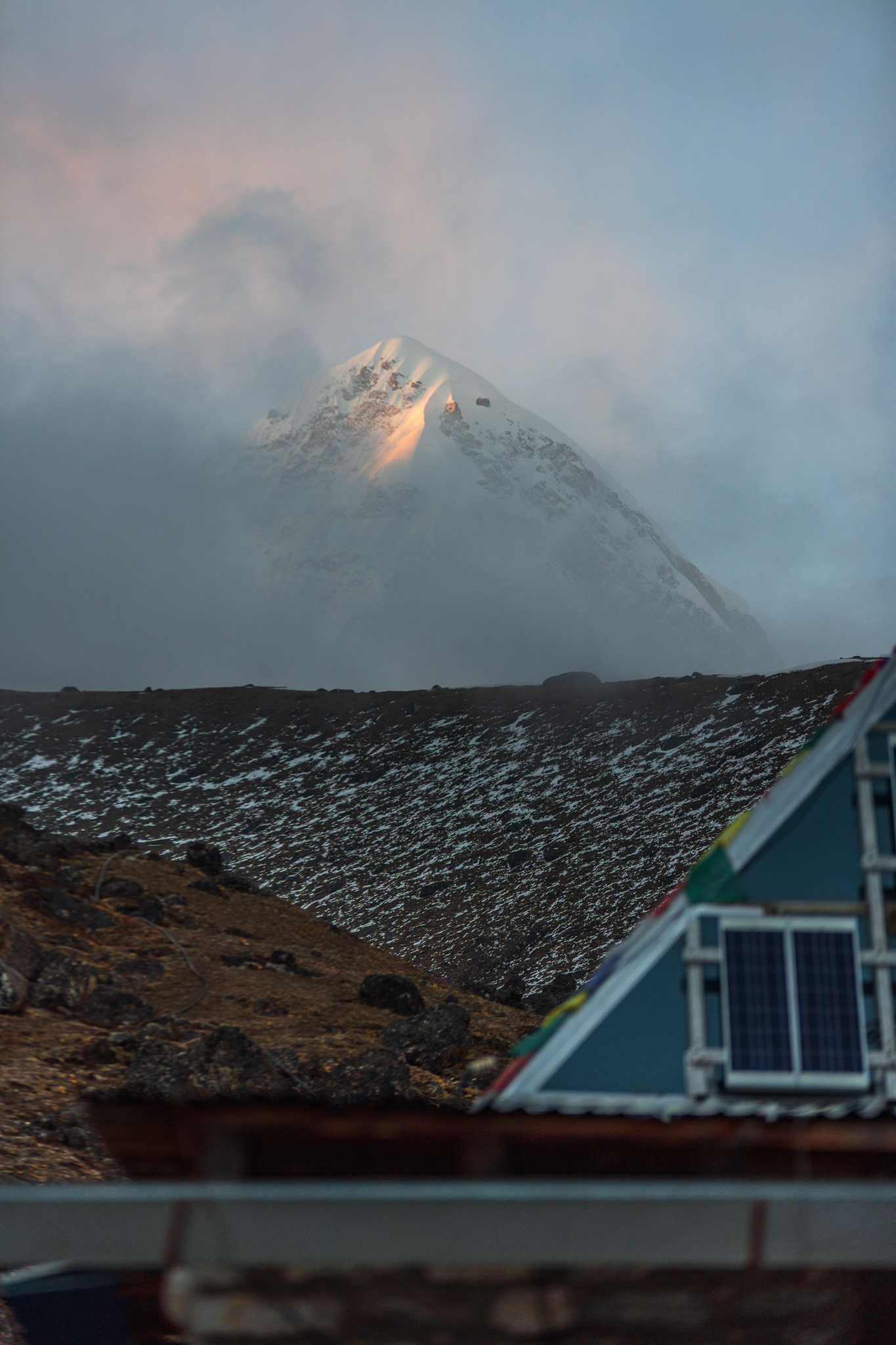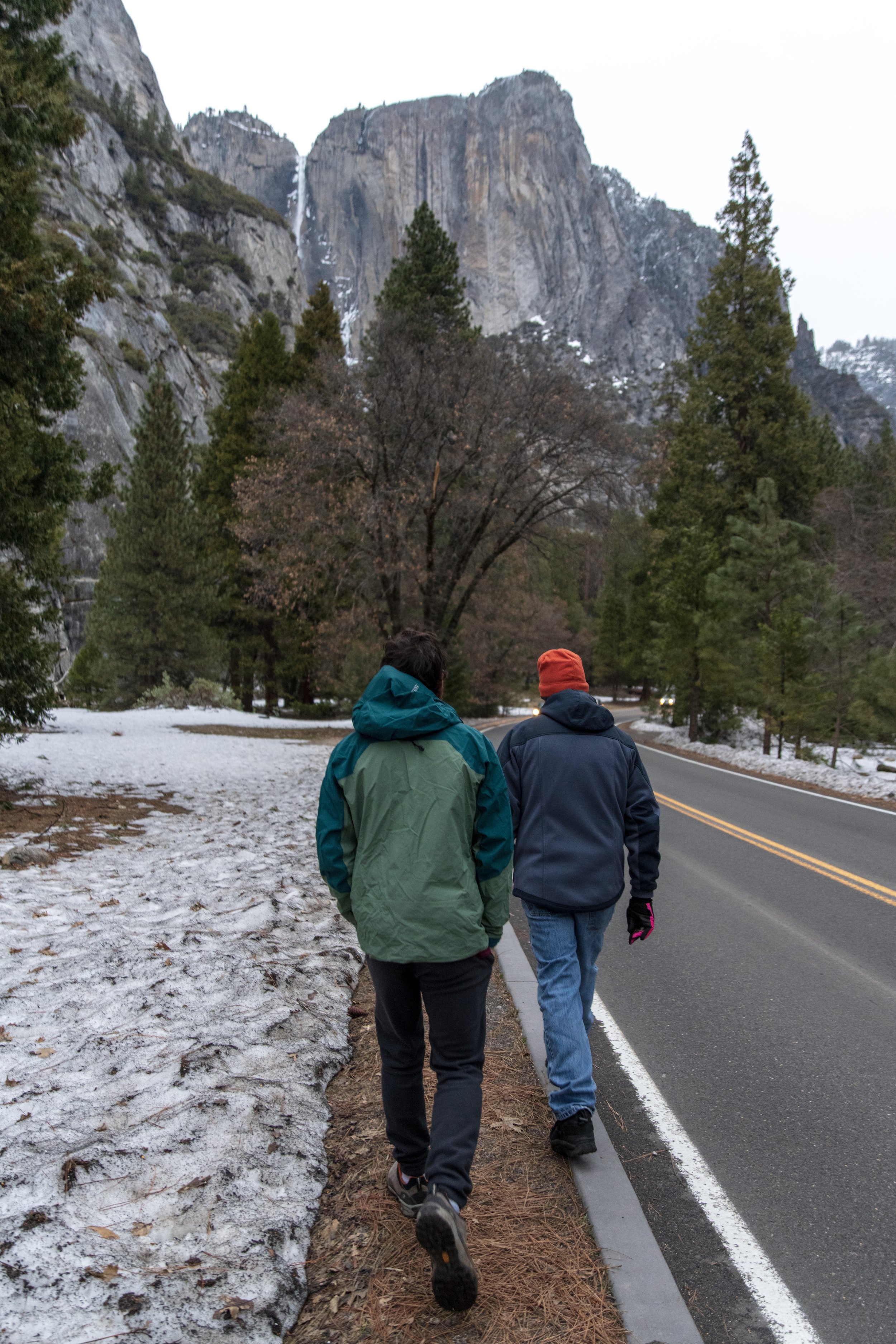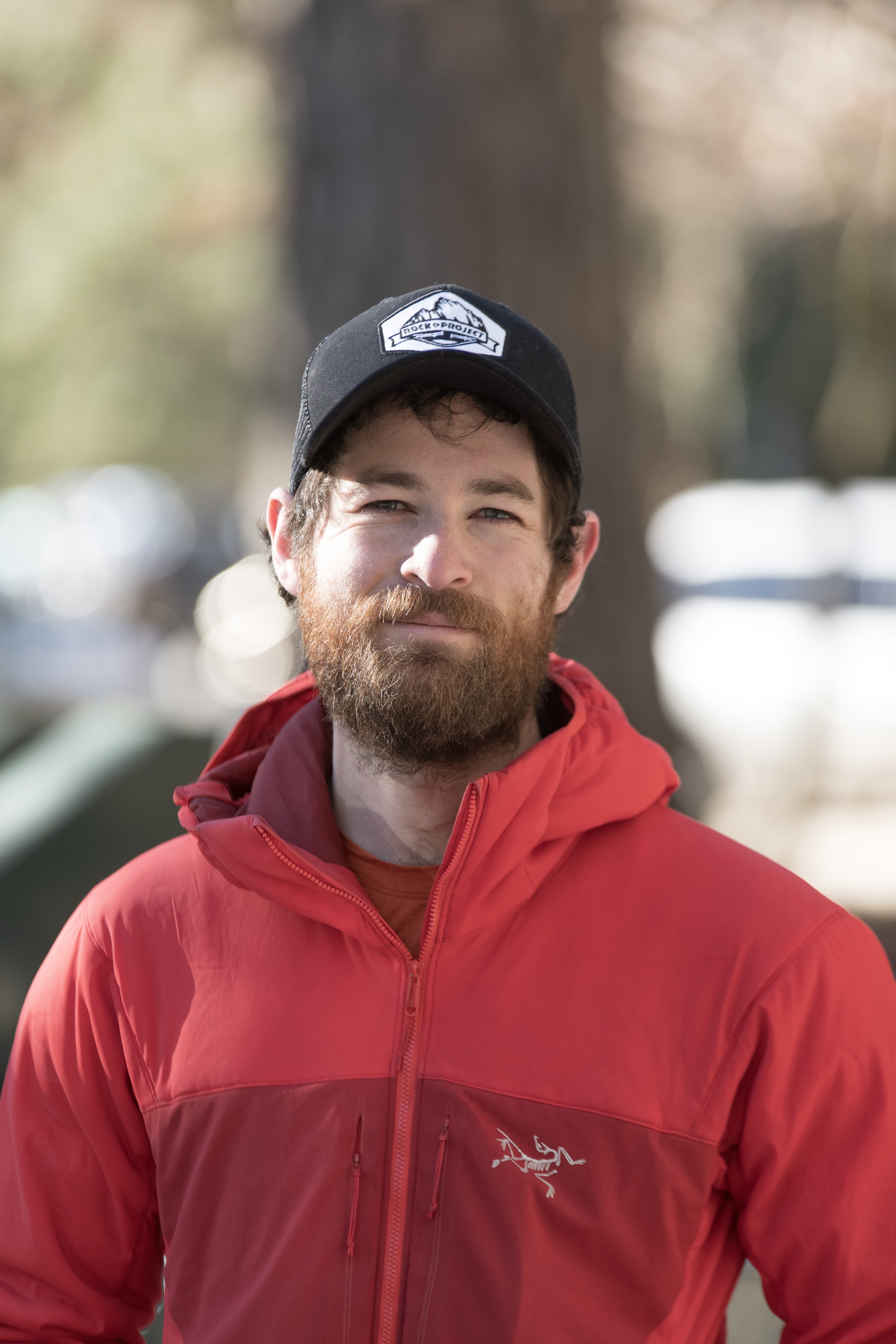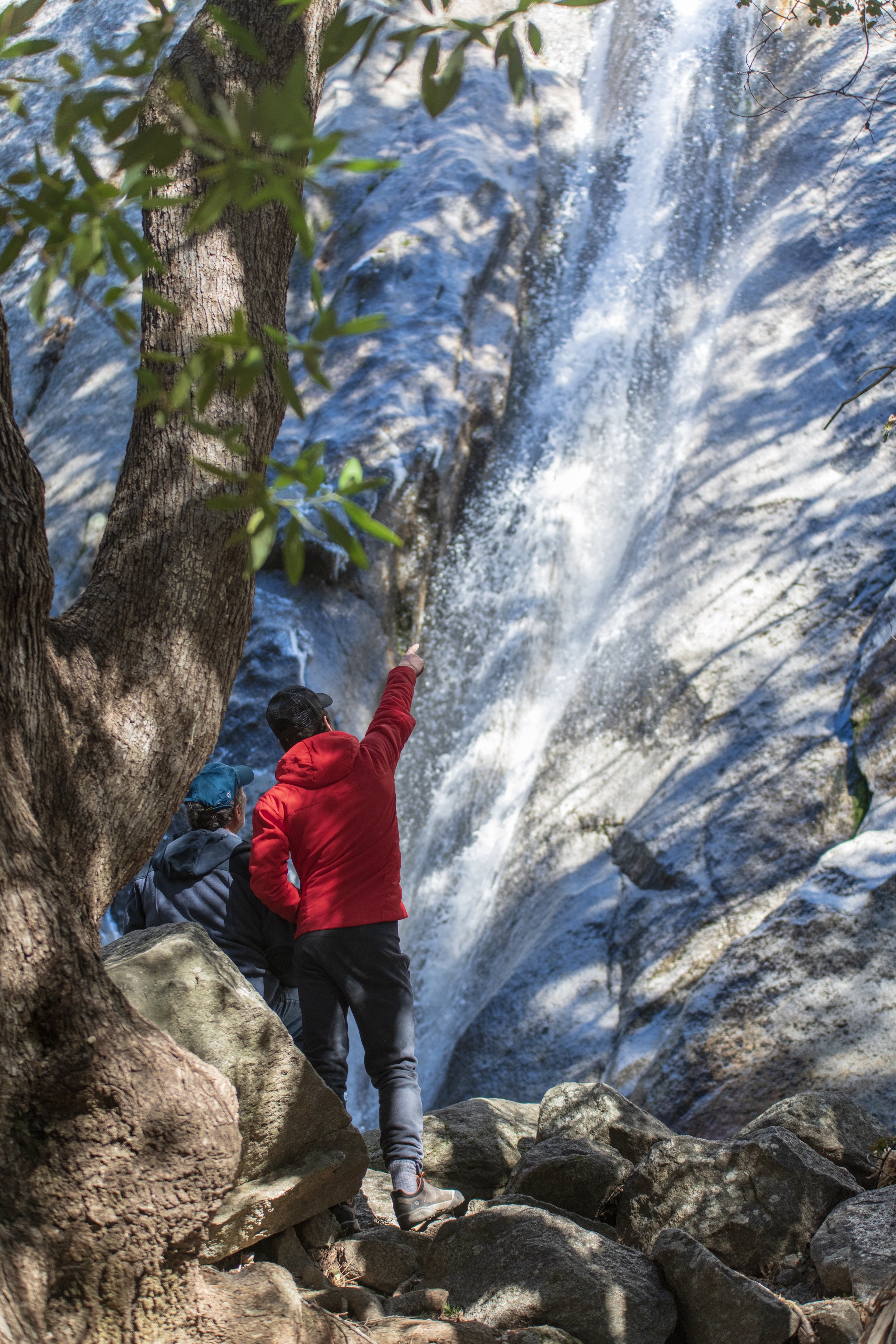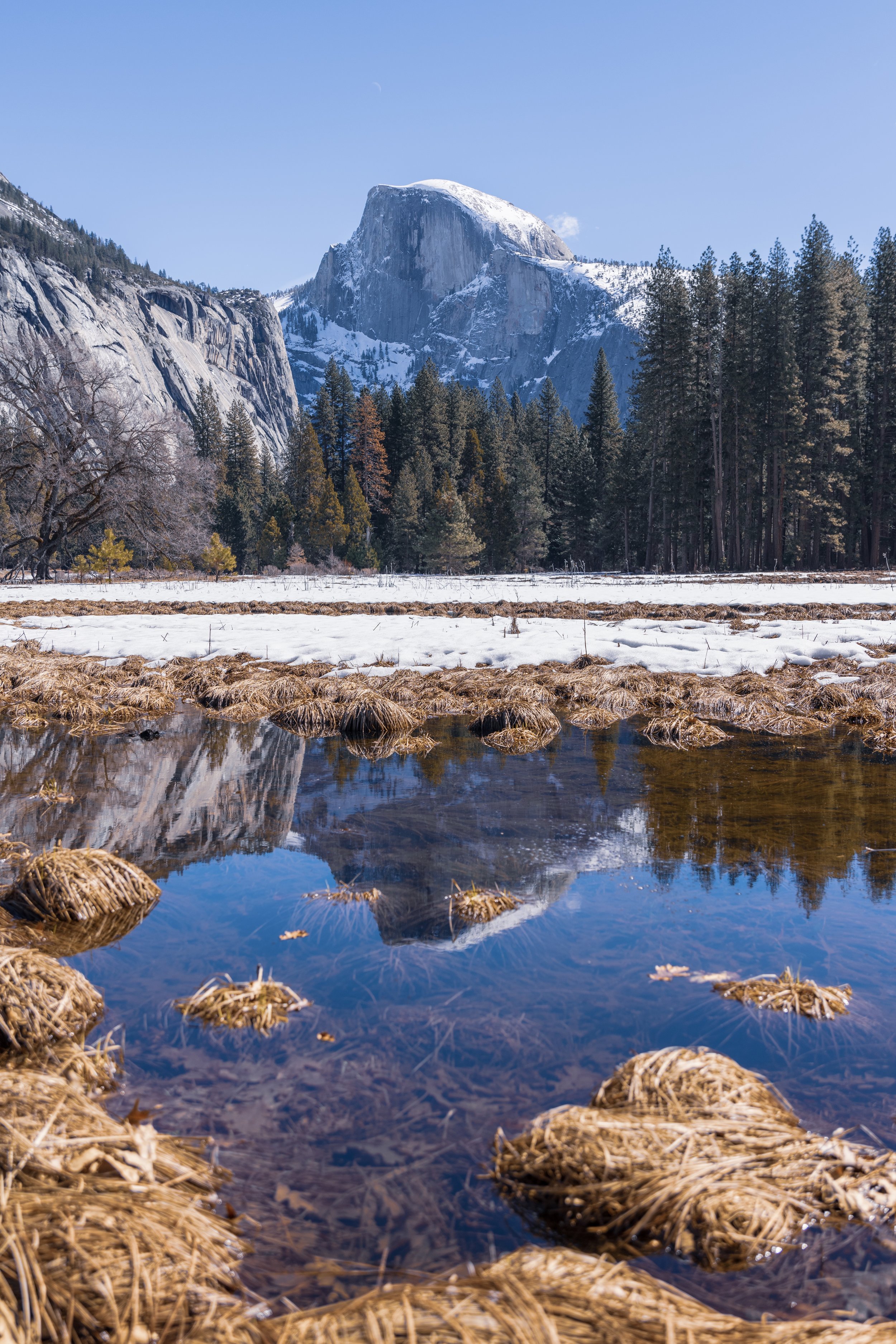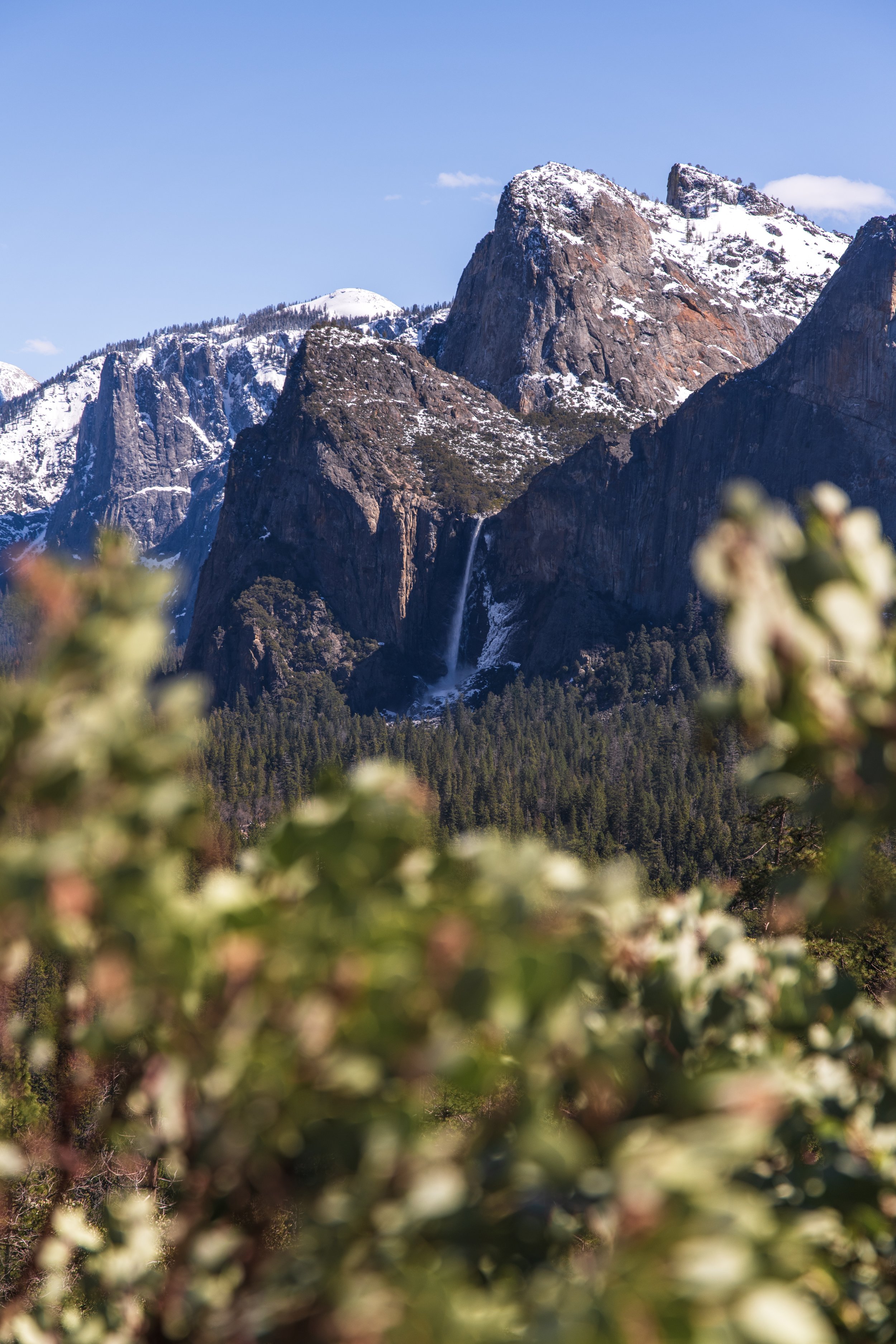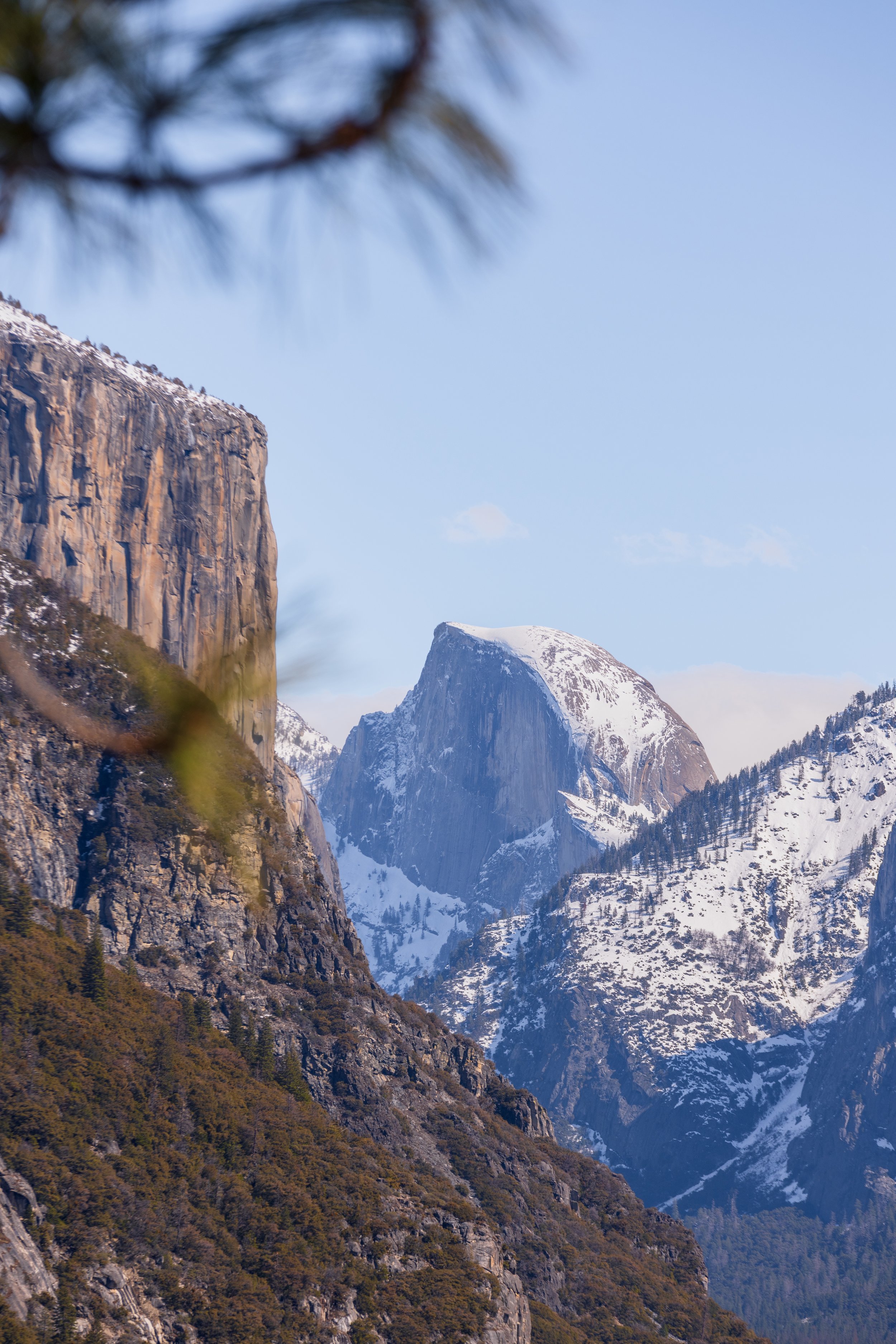Nepal is a country as beautiful as it is famous. Each year, trekkers and alpinists alike flock to Kathmandu to begin their respective journeys into the Himalaya. Home to many of the tallest mountains in the world, it makes sense that so many people are drawn there every year.
This year I had the opportunity to join the masses for two special treks: first to Everest Base Camp with Travel Her Way, and second to Annapurna Base Camp with my mom.
Both trips were challenging and incredible in their own ways. Spending a month in Nepal was a privilege and in some ways, I’m still unpacking and processing all that I experienced. There’s much to be said and shared. In the interest of making it more manageable, I want to start by offering a packing list.
An important note: we trekked with guides and porters so this list is specific to that experience. That said, it’s still relevant to anyone who’s self-guiding and carrying all of your own things. This list is neither exhaustive nor precise: adjust as needed for your body temps, the time of year, and the weight limit specific to your adventure.
Things for your head:
A baseball cap or sun hat for daytime trekking that will keep the sun off of your face.
A warm knit hat for nighttime/higher elevations.
A buff.
A headlamp.
Sunglasses with a UV rating.
Things for your torso:
A wool or synthetic t-shirt for warm days.
A long sleeve wool or synthetic t-shirt for cooler days.
A warm baselayer (synthetic or wool).
A mid-layer fleece or down jacket
A heavyweight layer, such as a down or synthetic puffy coat.
A thin, packable wind layer.
A rain jacket, preferably with pit zips.
Things for your legs:
Lightweight hiking pants or leggings for very warm days.
Heavier weight pants you can layer over your lighter pants.
Waterproof pants.
Down pants if you have them for higher elevations/nights spent in the teahouse.
Undies.
Things for your feet:
Wool socks. You can reuse them and they will stay warmer when wet.
Hiking shoes that are already broken in. I wore trail runners for my entire time in Nepal but depending on weather and your comfort, you will likely want waterproof hiking boots that are lightweight and cozy.
Lightweight sandals or slippers (plastic birkenstocks, flip flops, etc.) to wear in tea houses to give your feet a rest.
Down booties. I brought my feathered friends variety with removable exterior liner and they were great for wearing in the teahouse on very cold nights.
Things for your back:
A comfortable trekking bag with hipbelt. Some folks opted for options with no hip belt and as the miles wore on, their necks and shoulders were in a world of hurt. Unless you’re trekking self-supported, you won’t need anything bigger than 35L (and even then, that might be too large) as you’ll want to limit the weight you’re carrying at altitude.
A hydration system. If you’re not used to using a hydration system with a drinking hose, this is a great time to start. The days are long and your body needs more water than usual when trekking at altitude. You won’t want to stop every time you need a drink. An insulated drinking hose is ideal for the higher elevations. It’s still nice to have a Nalgene or comparable water bottle in the event that it’s freezing outside and you aren’t able to use the hose. You can also fill it with boiling water at night for extra warmth.
Things for your tummy:
Snacks on snacks on snacks. You will be able to purchase these in Kathmandu and along the way, but if you have special dietary needs be sure to arrive prepared.
Nuun or similar electrolyte supplement.
A special treat, like chocolate or candy, for long days that you can share with your guides and porters too.
TUMS or similar antacid: the change in diet and even elevation can throw off your tummy. You’ll want to have these handy.
Imodium. Same as above. The last thing you want while trekking is a nasty case of diarrhea.
Miralax or similar. Same as above. You also don’t want to be constipated!
Other pharmaceuticals:
Ibuprofen: for aches and pains that will inevitably arise on the trail.
An inhaler, if applicable.
Headache med of choice: you will get one at some point or another, from elevation, dehydration, lack of sleep, etc.
Any relevant meds, including allergy medicine.
Sudafed/cold meds: This may seem strange but most people acquire some form of respiratory illness while trekking. These will help see you through, with the added benefit of helping with altitude headaches.
Probiotics: if you take one regularly, bring it along.
Diamox: requires a prescription--check in with your medical provider on dose and usage.
Throat lozenges or cough drops.
Feminine products as needed--they are hard to impossible to acquire on the trail
Water treatment tabs: your guide may provide you with these but if not, you will either need to purchase water or have your own. Note: at higher elevations, sometimes the only option is purchasing water as it’s too difficult to find free-flowing sources.
Stuff for your wallet:
Cash. You’ll need to purchase extra items along the way, whether it’s new toilet paper, an extra treat, etc. You’ll also need cash to top your guides. There’s an ATM as far as Namche but don’t count on it working--frequent storms often knock service out entirely.
An id, and list of emergency contacts and any medical conditions that rescuers should know in the event of a mishap
Stuff for your toiletry bag:
Sunscreen, sunscreen, sunscreen. You’ll be more susceptible to burn at altitude. Don’t forget your ears, lips, and back of the hands.
Chapstick with SPF.
Toothbrush and toothpaste.
Toilet paper. Most bathrooms do not have toilet paper and you’re expected to bring your own.
Wet wipes
A pack towel if you plan on showering on route.
Shampoo and/or bodywash if you plan on showering on route (I brought a small bottle of Dr. Bronners and used that for everything rather than individual products).
Eye care products (contact case, solution, drops, etc.).
Ear plugs, teahouses are loud at night.
Eye mask
Stuff for Sleeping:
A warm sleeping bag. I brought a 0 degree bag and did not regret it as it can get below freezing in some of the teahouses. If you don’t have a super warm bag, consider renting or borrowoing one, or purchasing a sleeping bag liner for supplemental warmth.
Inflatable pillow: some tea houses have pillows. Others don’t. I always sleep best with one, so I brought it along.
Clean, dry pajamas. Change into them before bed, change out of them before you do something active.
Devoted sleeping socks that are warm, clean, and dry.
Other miscellaneous items:
A waterproof duffle bag for your porter. Many guides lend these out but it’s nice to have, just in case. Worst case: leave it in your suitcase at the hotel with any extra items you don’t need on the trek.
A small, light game such as cards or a travel cribbage board for nights and rest days.
A journal and pen. You’ll have a lot to process.
A camera. Your cell phone will work, although I did carry my d850 and two lenses everywhere, everyday.
Charging cables and voltage converter.
Battery bank.
Trekking poles
Gloves,with a thin liner and waterproof outer cover if possible.
Waterproof stuff sacks for important items that you don’t want to get wet.
If you’re thinking “WOW, that’s A LOT OF STUFF” don’t worry! There are a lot of ways to pare down, such as selecting versatile items of clothing, removing packaging to reduce size and bulk, and toughing it out with dirty clothes on the trail. I wore the same 2 shirts and pairs of pants the entire time on the trail and I did not die.
Consider this a starting point, then adjust from there! If you’re worried about your system, do a test run. Pack your duffle bag as you would for the trek to give to your porter, then chuck it in the car. Pack your day bag as if you were trekking for the day, and go on a hike. Return to the car and prepare for the night as you would on the trail and see how it goes. Adjust from there, then get after it.
Questions? Let me know!

